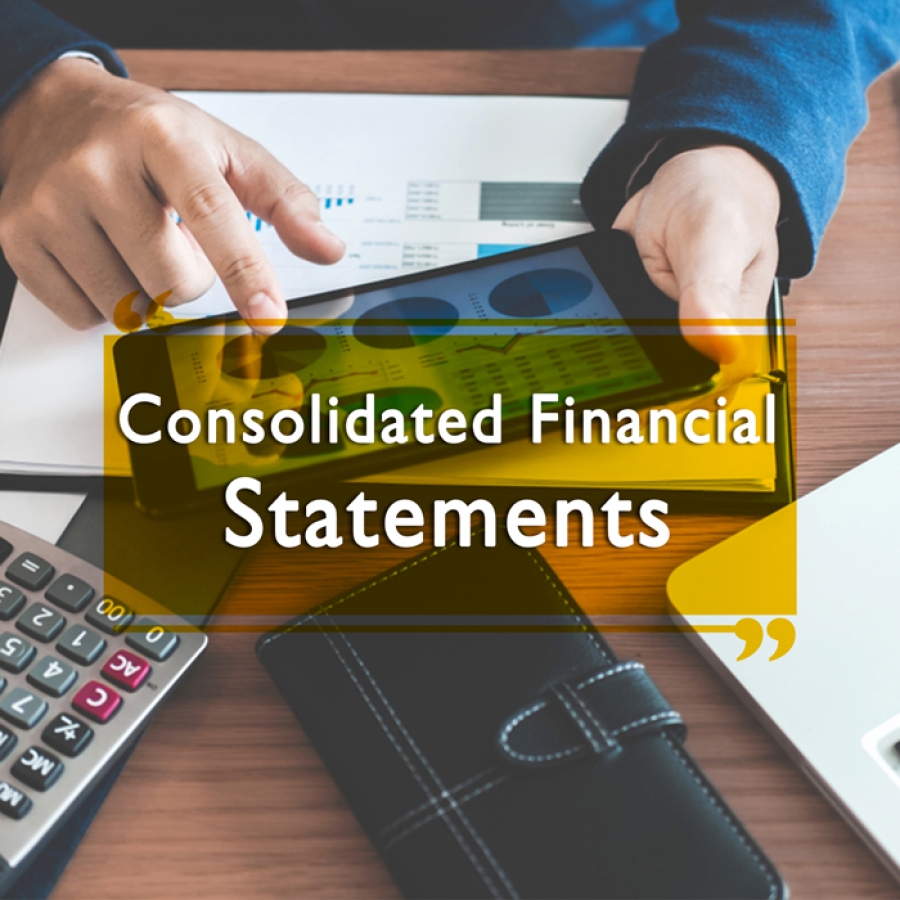Consolidated Financial Statements
21 January 2019

Consolidated financial statements as per IFRS 10; how to assess control between an investor and investee and when the investee is considered a subsidiary?
Consolidated financial statement is a hot topic for the companies that own subsidiaries. Assessing the level of control entity A has over entity B enables us to decide whether entity B is a subsidiary or merely associate under IAS 28, financial instrument under IAS 39 or IFRS 9, joint arrangement under IFRS 11, or by other applicable IFRSs.
Control is not based solely on legal ownership or legal structure. IFRS 10 explains that,
an investor controls an investee when it is exposed, or has rights, to variable returns from its involvement with the investee and has the ability to affect those returns through its power over the investee.
Three factors that have to be considered for an investor to conclude that it has control.
- Power over the investee.
- Exposure, or rights, to variable returns from its involvement with the investee.
- The ability to use its power over the investee to affect the amount of the investor’s returns.
Control
The investor should consider the relevant activities of the investee. The investor should identify those relevant activities and assess the level of involvement in decision-making activities that significantly affect those activities’ return. Examples of relevant activities include, but are not limited to, the following:
- Establishing budgets and making key decisions about relevant activities.
- Selling and purchasing goods and services.
- Managing financial assets during their life (including on default).
- Selecting, acquiring or disposing of assets.
- Researching and developing products or processes.
- Determining or managing capital and obtaining funding.
- Appointing/terminating and remunerating key management personnel.
- the investee’s purpose and design;
- what the relevant activities are; and how decisions about those relevant activities are made;
- whether the rights of the investor give it the current ability to direct the relevant activities;
- whether the investor is exposed or has rights, to variable returns from its involvement with the investee; and; whether the investor has the ability to use its power over the investee to affect the amount of the investor’s returns.
In some cases, when an investor controls the investee by means of the equity participation such as ordinary shares or parts; and the investor is able to exercise voting rights sufficient to direct the investee’s relevant activities. Then, the investor that holds a majority of those voting rights, in the absence of any other factors, controls the investee. However, there are situations, which are not straightforward; then an investor might need to consider some or all of the factors related to the assessment of control over an investee to be able to assess the control of the investor over the investee.
The voting right that conveys power to the investor is connected to the relevant activities, which generate a return to the investor. In all the cases, an investor should assess whether will have a substantive right and not a protective right. Substantive right enables the investor to interfere in the management and relevant activities of that generate a return to the investee; whereas the protective right is connected to administrative tasks and fundamental changes and does not give the investor a power over the investee.
In the case of more than one investor, then this process requires significant judgment. IFRS 10 does not guide about the term significant here because it is a matter of judgment and is vary from one investment to another. Then, considering the total returns of the investee’s activities, assess each investor power on directing those activities. Accordingly, the power of each investor decision-making over investee’s return of the relevant activities determines which investor has the greatest impact over those returns.




